Astrophotography Cameras
Astrophotography cameras are specialized devices that capture clear, detailed images of celestial objects. They typically feature high-sensitivity sensors, long exposure capabilities, and low noise production to effectively photograph stars, planets, and galaxies. PlaneWave’s camera offerings integrate seamlessly into any astrophotography system or research setup, ensuring top-notch performance.
